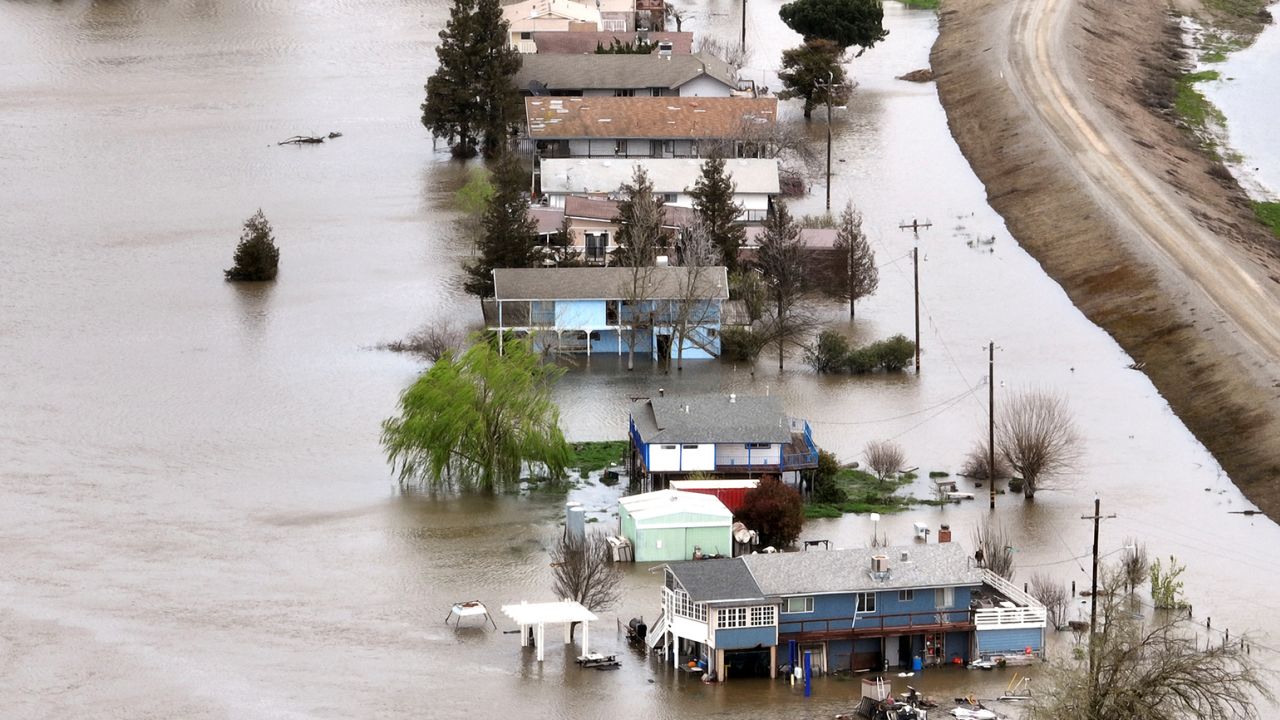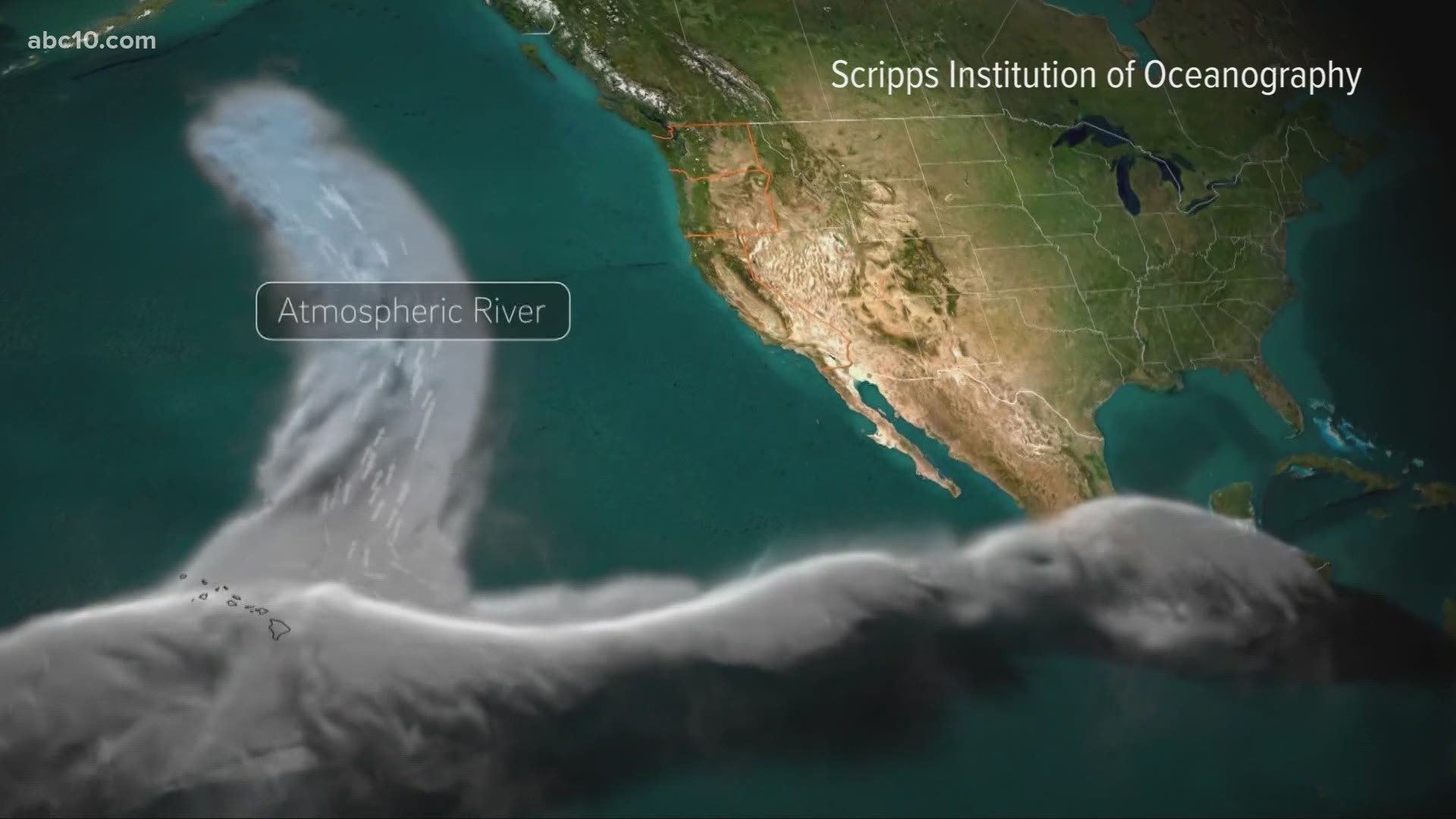
California experienced an incredibly wet winter with 11 of its atmospheric rivers battering the region since late December 2022. The 12th such storm is due to land on Tuesday, threatening more natural disasters. Read to know more.
What are atmospheric rivers?
Atmospheric rivers are long, narrow corridors of concentrated moisture in the atmosphere. They are capable of transporting huge amounts of water vapor over great distances. These rivers are typically several thousand kilometers long and a few hundred kilometers wide. Additionally, they can contain up to ten times the amount of water vapor that is carried by the average tropical storm. They are essential for maintaining the water cycle and providing fresh water to many regions around the world. However, they can also be responsible for severe flooding and other weather-related hazards. Upon making landfall, they can lead to landslides, flash floods, and several other natural disasters.
Califonia: Current status

As per the state Department of Water Resources, California received 147 percent of the average rainfall for the season. As per the U.S. Drought Monitor, the state is drought-free for the first time since 2020. Only its most arid regions are experiencing “moderate” to “severe: drought. The initiative by the University of Nebraska-Lincoln, the U.S. Department of Agriculture, and the National Oceanic and Atmospheric Administration teamed up to create a color-coded map. The map reveals large regions suffering from “extreme” and “exceptional” drought.
California’s infrastructure is well designed to rush water for irrigation from the north to south and prevent floods without recharging underground aquifers. Hence, stormwater mostly flows to the seas. It is important to note that the bountiful rain from the atmospheric rivers has triggered the growth of scrubs and grasses. Unfortunately, their drying out in the summer will leave a thick fuel bed for wildfires according to Isaac Sanchez. Sanchez is a battalion chief for the California Department of Forestry and Fire Protection (CalFire). Moreover, heavy rains lead to the creation of dangers such as mudslides around regions of past fires, increasing risk.
